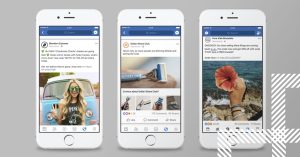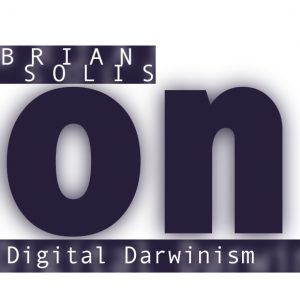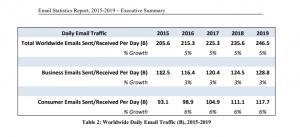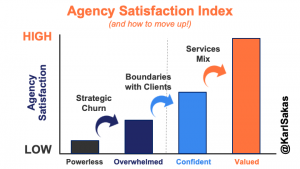1. Start With The Most Important Thing: Your List
Before you think about how you are going to send an e-newsletter, think about the who. You probably have an existing database of leads and clients tucked away in an Excel spreadsheet somewhere — or more likely, your database is spread across several very messy spreadsheets. Consolidate all these files into one clean, well-organized spreadsheet.
You should also ensure that it’s “segmented” as well as possible — ideally, you should have a field to flag contacts as leads, current clients, past clients and so on. That’s just an example of how you could organize things, though. How you segment your database should depend on the nature of your business. For example, if you sell different types of products, you may wish to flag your contacts by product type.
Get your data into shape so you can send an appropriate message to an appropriate prospect at the right time!
2. Create A Content Plan And E-Newsletter Schedule
The next step is to plan your communications carefully. It’s a good idea to create an “e-communications schedule” that maps out what you’re going to send in an e-newsletter, to whom, when and why. You can then refer to this schedule throughout the year and ensure you have all the necessary content ready to go. And because you’ll have segmented your data nicely in advance (see above), you will be sending your beautiful and interesting e-newsletter to precisely the right group of contacts.
3. Pick The Right Tool For Sending Your E-Newsletter
For many small businesses, sending e-newsletters means compiling a mailing list in Excel, then copying and pasting the addresses into the BCC field of a clunky-looking Outlook message. This is a time-consuming way to go about things; it’s also very ineffective, because it doesn’t allow you to (1) send very professional-looking e-newsletters or (2) accurately measure important stats like open rate and click-throughs.
It is a much better idea to use a proper e-marketing web application like Mad Mimi to send your e-newsletter. With a tool like Mad Mimi, you can import your database, create attractive templates, and send out proper HTML e-newsletters that stand the greatest chance of being delivered (and crucially, read!).
4. Create An Attractive E-Newsletter Template
Once you’ve decided which tool you’re going to use for your e-newsletters, you need to design a nice HTML template for it. If you’re using Mad Mimi, you can use its theme editor to do this; and if you want to create something a bit more complex, you might consider hiring a designer to create bespoke HTML email templates. Whatever way you go, it should look professional and uncluttered, and should feature your business’ logo and branding prominently.
5. Use Good Landing Pages
It’s not just essential to have attractive, well-constructed e-newsletters: It’s important that the links in those e-newsletters take you to pages that actually “convert” readers into taking further action too. Generally speaking, you don’t want to send people to a page that contains a huge number of competing calls to action or links — it’s better to present a page that encourages users to take one specific action, be that buying a product or completing a form. Your landing pages should be attractive, easy-to-use and focused firmly on conversion.
6. Measure Success
Most e-newsletter tools come with detailed reporting functionality — after sending an e-newsletter, you will be able to access statistics that let you measure open rate, click-through rate, unsubscribe rate and more. Study these stats carefully, as they will help you create better e-newsletters that generate more conversions in future.
7. Allow People To Sign Up For Your Mailing List On Your Website
Tools like Mad Mimi allow you to easily embed signup forms for your mailing list directly on your website. Make sure you do this, as it will save you having to repeatedly upload spreadsheets of data. Additionally, by connecting your website’s mailing list form directly to your e-newsletter software, you can make use of autoresponders or “drips” — automated emails of your choosing that new subscribers will automatically receive at intervals of your choosing. For example, a subscriber could get a welcome message immediately upon signup; a special offer one week later; an encouragement to follow your company on Facebook two weeks later and so on.
8. Allow People To Share Your E-Newsletter Easily
Most e-newsletter tools will allow you to add “forward to a friend” or social media sharing buttons to your e-newsletter. Make use of them! It means that your content and offers get a good chance of being seen by an audience outside of your mailing list.
9. Always Follow Best Practices
And finally, if you want to run an effective e-newsletter campaign, there are four important things to remember:
- Don’t spam: Always ensure that anyone on your list has actually signed up for it.
- Don’t over-communicate: Leave decent gaps between messages.
- Always send relevant, interesting content to people on your mailing list: This will minimize unsubscribes.
- Always make it easy for people to unsubscribe.
(231)






